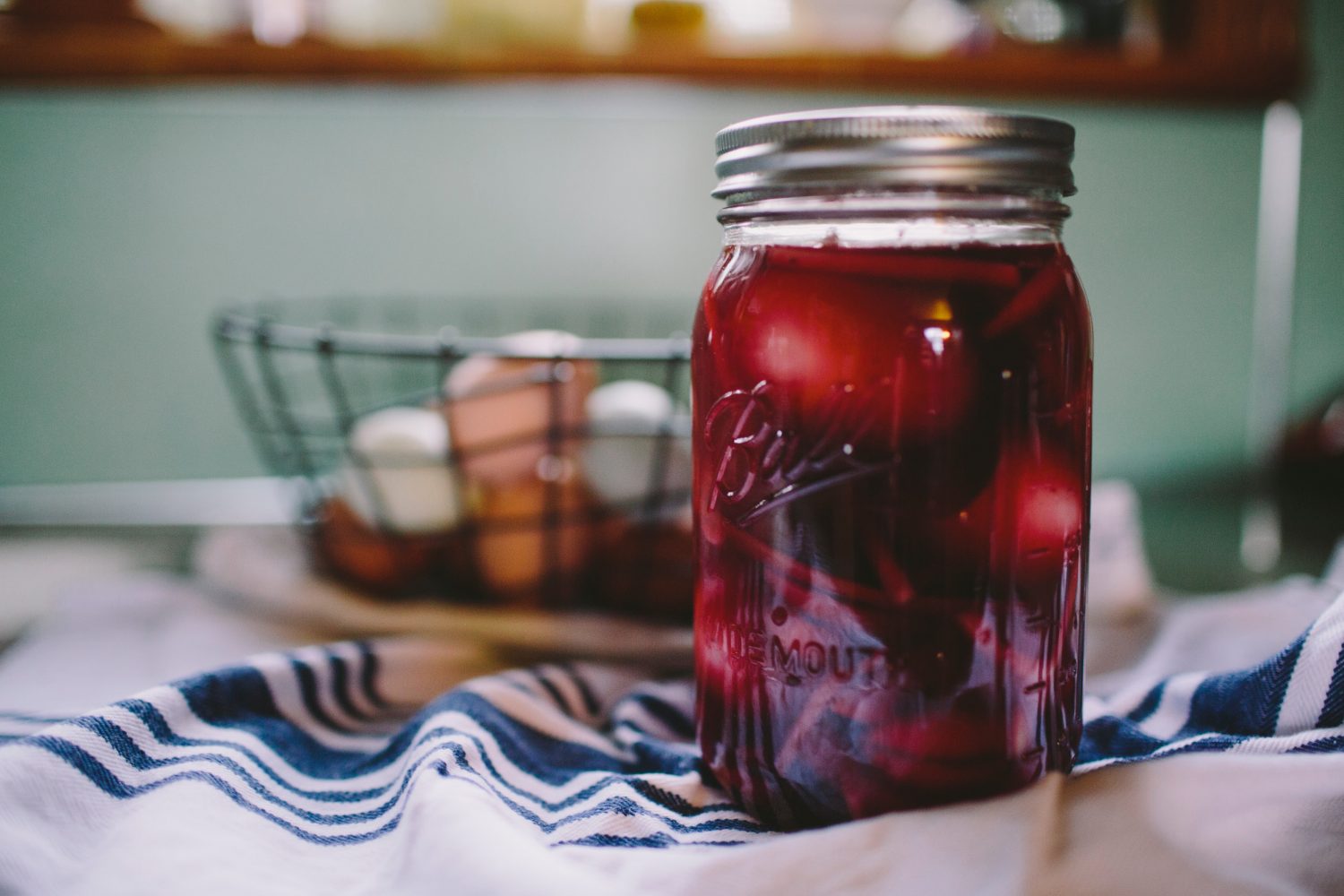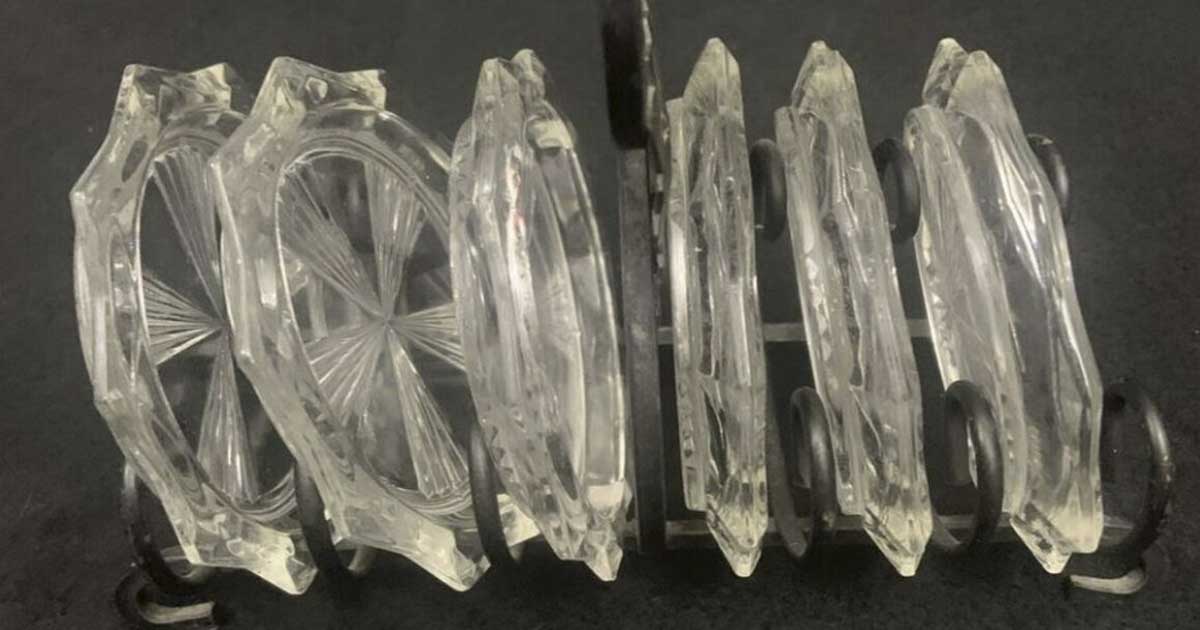Did you know that a humble mason jar can cost as much as $1,000 apiece? Usually, you can get several for just under 10 bucks.
Mason jars are respected and treasured by a lot of people because of their strength and airtight seals. Practically every wife or mother owns a couple of mason jars.
These jars can be used to keep everything from mint jelly to beans and peaches. They can also be used as flower vases or decorative art pieces.

These days, people are crazy about the jars' looks and diversity, which is why they have come back so strongly as collector's items.
The mason jar was invented in 1858 by John Landis Mason, and the goal was to form an airtight seal. They are also called Ball jars after the corporation that manufactures them.
Ball "perfected" the mason jar in 1913 by producing the jar as well as the lid to ensure a perfect airtight seal. In 2013, Ball created the Heritage Collection to commemorate 100 years of success.
If you own a mason jar with an older logo, chances are that it might be worth quite a bit of money.
Mason jars are perfect kitchen accessories, as they can be used as drinking glasses, storage containers, or fancy pieces of art. In other words, the jars have many uses.
Today, we will focus on the fact that you might be the owner of a rare and expensive mason jar. So, how much is your mason jar worth?
1. Dating A Mason Jar By Its Logo
The simple rule is that the older the jar, the more valuable it is. Consequently, a jar from the 1800s will cost a lot more than a jar from the 1900s.
The logo on the jar can give you its approximate age. Based on the chart below, you can see how the mason jar logos have been changing over the last several years.
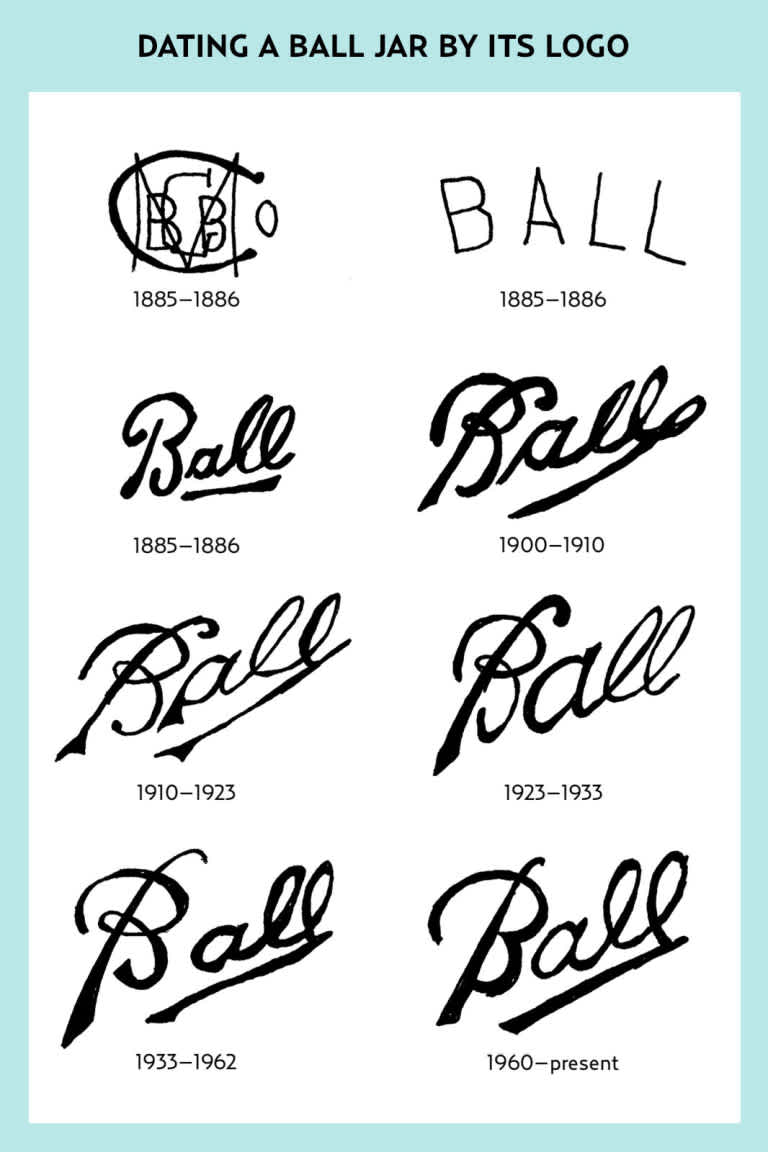
The earliest jars have the BBGMC logo, which stands for Ball Brothers Glass Manufacturing Company. Some people call them Buffalo jars today, and they were made between 1885 and 1886.
From there, the company used block letters on the jars in 1892 and kept doing this until 1896. These jars are also quite rare.
The first script logo was used in 1895, and Ball underlined their logo for the first time. However, the logo was considerably straight in comparison to the logo on jars made later.
Some people consider other peculiarities as they shop for these jars. For instance, a jar with the logo printed upside down tends to stand out among collectors.
Such jars were created in that manner so that they could act as dispensers. Experts claim that only about a dozen such jars exist today, which makes them very precious.
For such a jar, you can get as much as $1,000. These jars were made between 1900 and 1910.
2. Value Of Mason Jars Based On Color

Another factor to consider is the color of the jar. Generally speaking, jars of all colors have been manufactured over the years.
However, clear and pale blue jars are more common.
The rarest jars are usually in antique green color, and these can get up to $300. Still, there are many variations of green on these jars.
Other colors on mason jars include amber, purple, clear, blue, and cobalt.
3. Mason Jar Value Based On Topper
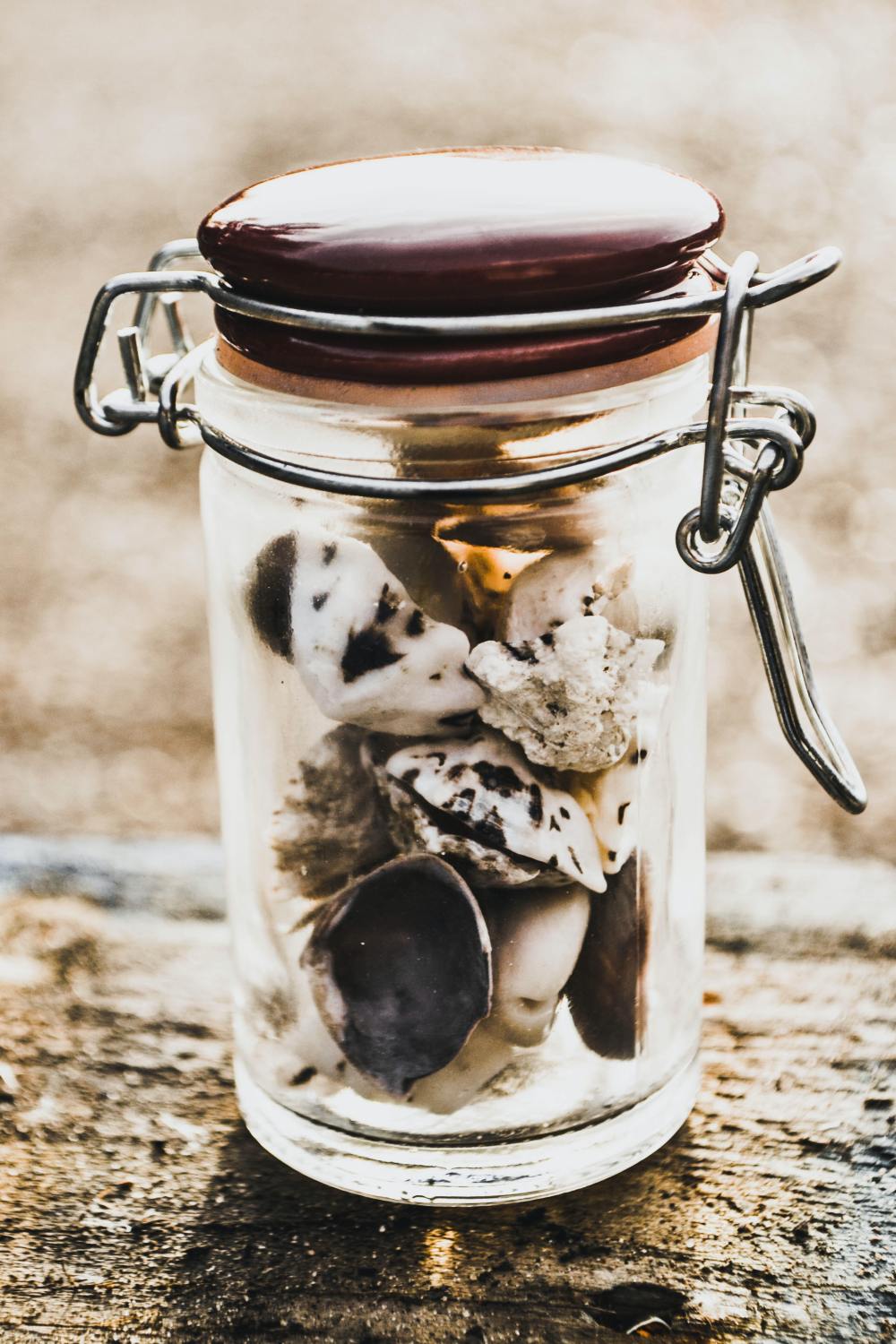
The toppers on these jars can also vary greatly. That is something worth considering since it says a lot about how rare the jar is.
For instance, only four mason jars are with a thumbscrew top are known to exist.
Some jars also had wax seals or a combination of wax and glass. Other mason jars had metal lids with rubber gaskets to ensure that the lid did not contact the food.
4. Dating Mason Jars Using Identifying Words
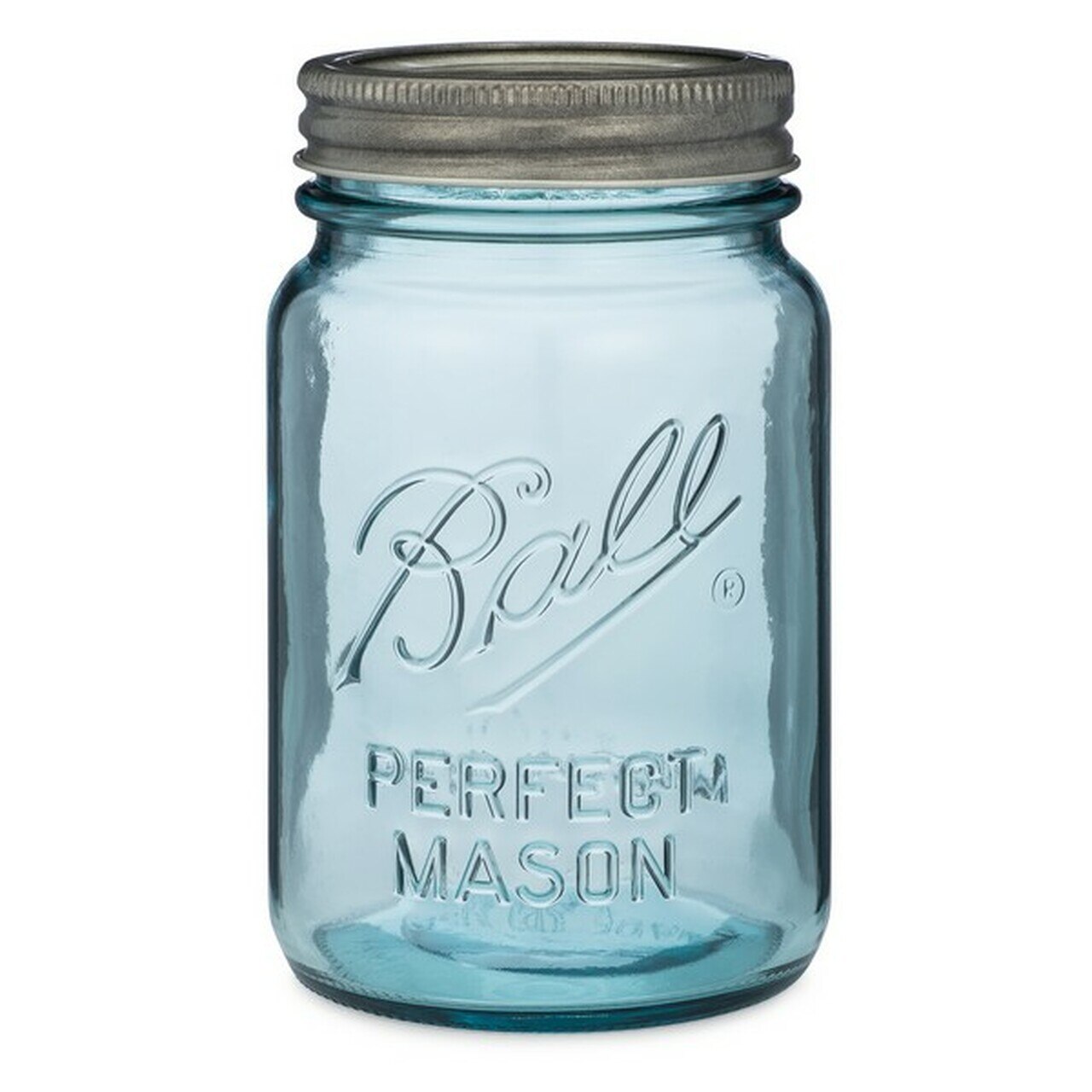
Ball has printed various words on mason jars over the years. These words can be used to identify and date these jars.
These words are "Ball Improved 1858" (the 1890s), "Ball Mason Improved" (1900 to 1933), "Special" (1910 to 1913), "Perfect" (1913 to 1922), "Sanitary" (1913 to 1915), "Ideal" (1915 to 1962), "Square" (1925), and "Eclipse" (1926 to 1952).
If you own jars with the word "Improved", then odds are that it can fetch you good money.
5. Other Factors You Can Use To Date And Value Mason Jars

A lot of other factors can affect the value of a mason jar. For instance, size can also be an issue, as well as the condition of the jar.
Most people expect these jars in mint condition, regardless of their age.
For instance, a jar with chips and scratches will cost less, as well as jars that don't have the original lid.
Similarly, large mason jars are rare, which means their price at auctions tends to be much higher. In the 1920s and early 1930s, Ball made 40-ounce (1.2L) jars used for coffee and 42-ounce (1.24L) jars that bootleggers regularly used.
The shape of the bar is also an important factor to consider; for instance, square jars are much rarer than regular round jars. Some of these square jars were made in the 1890s. They also use up space on your shelf better and are also a lot more valuable due to their rare shape and design.
The company also made some jars with a few mistakes on them. The most common misspelling was of the word "PERFECT" which appears as "PERFFCT", "PEPRECT", and "PEREFCT" on some jars.
Finally, some variants also have vertical "ribs" or "grips" along the sides so that they are easier to hold when wet.
Some Precautions To Keep In Mind When Dating Mason Jars

So far, it seems like dating a mason jar is the easiest thing ever. However, there are things to watch out for to avoid paying a fortune for a jar worth a lot less.
For instance, if the jar has the year 1858 on it, it's best if you disregard that information. This year does not refer to the time the jar was manufactured, but rather the year Mason was given a patent for the mason jar design.
Similarly, if you see the year 1908 on the jar, ignore it because it is a patent date. The year was printed on jars made well into the 1930s.
In other words, the years 1958 and 1908 cannot accurately tell the age of the jar. You can only estimate the period in which the jars were made in consideration of the time Ball printed these dates on their jars.
Another thing you should ignore is the mold number on the jar. Many mason jars have the numbers 0 to 15 printed at the bottom, and these numbers are not indicative of the year the jar was made.
The mold numbers tell of the jar's position on the glass-making machine used in their production. The numbers range from 0 to 15, and they can include some lettering, too, such as A or C.
Final Words
If your grandma left you an old canning jar, the chances are that it's worth a fortune. However, if you don't know how to tell how old a mason jar is, you can always get it appraised professionally.
Generally speaking, the logo is the most reliable way of dating ball mason jars. If you are a collector, this is also a great time to indulge in this hobby because you can get these jars in many places and for very low prices.
